In many homeschooling circles, certain “classic” books are frequently recommended, often without context or critical analysis. However, as more of us strive to provide our children with a more comprehensive, honest education—especially regarding race, history, and representation—it’s time to reassess these books and how we utilize them. We must learn how to teach classic books responsibly.
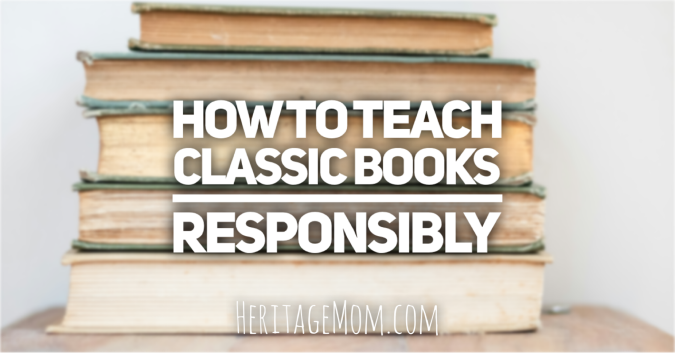
Today, I want to highlight several titles that often appear on homeschool reading lists: Uncle Tom’s Cabin by Harriet Beecher Stowe, The Adventures of Huckleberry Finn by Mark Twain, Amos Fortune: Free Man by Elizabeth Yates, To Kill a Mockingbird by Harper Lee, and Little House on the Prairie by Laura Ingalls Wilder. Each one presents a specific set of concerns, but they can still offer something meaningful when read with care and intentionality.
Disclosure: As an Amazon Associate, I may earn commissions from qualifying purchases using these links for how to teach classic books responsibly at no additional cost to you. I appreciate your support.
Uncle Tom’s Cabin by Harriet Beecher Stowe
A foundational 19th-century novel credited with influencing American attitudes toward slavery. Long considered essential reading for its historical impact.
Uncle Tom’s Cabin is often praised as the novel that “started the Civil War,” due to its immense popularity and its profound influence on Northern attitudes toward slavery. However, Harriet Beecher Stowe, a white abolitionist, wrote the book to appeal to white Christian sympathy, not to center or elevate Black voices. The characters are deeply sentimentalized, and even when meant to be heroic—like Tom—they’re portrayed as passive sufferers. While Stowe clearly opposed slavery, her framing of Black characters reinforced stereotypes of Black inferiority, dependence, and moral simplicity.
The term “Uncle Tom” has since evolved into a derogatory label used to describe a Black person perceived as overly subservient or betraying their race. That evolution didn’t come out of nowhere—it reflects the ways Stowe’s character has been reinterpreted, misused, and ultimately weaponized.
For homeschool families who want to include this book, it’s essential to frame it not only as a work of historical fiction, limited by its author’s perspective, but also as a historical primary source. It’s not a morally authoritative or culturally accurate depiction of Black life, but it’s useful for understanding how 19th-century white Americans viewed slavery and how literature influenced public sentiment.
If you choose to read it, be sure to:
- Pair it with first-person narratives from Black abolitionists like Frederick Douglass, Harriet Jacobs, or William Wells Brown
- Discuss the way Stowe’s work was intended to sway white readers, not tell the whole truth about slavery
- Talk with your kids about how good intentions in literature can still reinforce harmful ideas
- Explore the lasting cultural impact of the character “Uncle Tom”
What else can we read? Other books for older teens to read alongside Uncle Tom’s Cabin include Yonder by Jabari Asim and The Water Dancer by Ta-Nehisi Coates. These books should replace Uncle Tom’s Cabin if you don’t have the ability or bandwidth to fully discuss and critique the book, but you’ll miss the ability to explore the best-selling novel of the 19th century in America and internationally (second only to the Bible). Please note that both books are written for adults, so please preread if you’re concerned about content for your teen.
The Adventures of Huckleberry Finn by Mark Twain
Often labeled “the great American novel,” it’s a staple in U.S. literature classes, especially for its use of dialect and satire.
The Adventures of Huckleberry Finn is considered a landmark of American literature, and many homeschool curricula present it as a brave critique of racism. And in some ways, it is—Huck’s moral struggle about whether to help Jim escape slavery is a window into a conscience battling against social norms. But for many readers, especially Black readers, the book is deeply painful. Twain uses the n-word over 200 times, and while he may have intended satire, satire depends on the audience recognizing it as such. The satire may be lost on younger readers, who are more likely to absorb the racial stereotypes than recognize the critique.
Jim is depicted with compassion, but also portrayed as childlike and superstitious, which reflects the racial assumptions of Twain’s time. Huck, meanwhile, is hailed for “doing the right thing” by helping Jim, even though he believes he’s going to hell for it—a framing that can feel condescending and deeply frustrating when seen through a modern lens. If families choose to read this book, it’s critical to discuss the intent versus the impact, unpack the problematic language and imagery, and provide context for Twain’s choices. Reading alongside Black voices—whether historical or contemporary—can help round out the discussion. But it’s also okay to decide that this book isn’t the best use of your time, especially for younger students. Either way, making a conscious choice about when or how to teach classic books responsibly is critical.
If you choose to read it, be sure to:
- Wait until middle or high school and read it aloud or alongside your child
- Discuss Twain’s use of satire and where it may or may not land effectively
- Acknowledge how harmful language and imagery can feel, even if the author had “good intentions”
- Lay a foundation with more affirming books that center Black voices and humanity, such as Roll of Thunder, Hear My Cry by Mildred D. Taylor, and The Watsons Go to Birmingham—1963 by Christopher Paul Curtis, before tackling this text
What else can we read? Alongside this book, older teens can read James by Percival Everett, a stunning reimagining of the Huck Finn story from the perspective of the enslaved man seeking freedom. James can easily stand alone without Twain’s book if you’re short on time, but the compare-and-contrast opportunities are vast if your family can read both. Freewater by Amina Luqman-Dawson is a compelling option for younger students (ages 10+).
Amos Fortune: Free Man by Elizabeth Yates
A Newbery Medal winner often included in children’s classic book lists, especially in homeschool curricula.
This fictionalized account of a real African man who was kidnapped and enslaved, then later purchased his freedom, is often appreciated for its quiet dignity. Many families are drawn to its tone of perseverance and moral strength. But Elizabeth Yates, a white author, softens the brutality of slavery to make the story more palatable. The real Amos Fortune lived through horrific trauma—kidnapping, enslavement, family separation, and more.
In the book, however, he’s portrayed as serene, grateful, and almost saintlike in his ability to forgive and move on. This portrayal aligns with the “happy, obedient slave” trope and centers respectability politics, suggesting that Fortune’s dignity is tied to how well he assimilates into white society. It also lacks any real insight into the interior life of a man who endured so much.
The narration on this video is dry, but the information and visuals of relevant items make it valuable:
If families read this book, it’s essential to emphasize that it’s a heavily fictionalized version of a real man’s life, and to supplement it with books that portray the brutality and resistance of slavery more accurately.
If you choose to read it, be sure to:
- Discuss what was added, altered, or left out compared to the real life of Amos Fortune
- Provide context about the transatlantic slave trade and resistance to enslavement
- Talk about how stories are shaped by who tells them and for what audience
What else can we read? Families can read The Kidnapped Prince: The Life of Olaudah Equiano, adapted by Ann Petry, alongside or instead of Amos Fortune. Other books that can help add context include Freedom Over Me by Ashley Bryan; and Never Caught: The Story of Ona Judge by Erica Armstrong Dunbar. These are all excellent examples of books to add to your shelves when considering how to teach classic books responsibly.
To Kill a Mockingbird by Harper Lee
One of the most frequently taught novels in U.S. high schools; widely considered a modern classic for its themes of justice and morality.
To Kill a Mockingbird is one of the most widely taught books in American schools and homeschool settings, often praised for its themes of justice and moral courage. But while many readers admire Atticus Finch for defending a Black man wrongly accused of assault, the novel presents that defense through the lens of white saviorism and centers white characters as the moral heroes. The story is told through the eyes of young Scout Finch, which distances readers from Tom Robinson, the Black man at the center of the case, and renders him more of a symbol than a full, complex person.
Tom’s portrayal reinforces stereotypes of the quiet, docile Black man who endures injustice with grace. His story is tragic, but he remains voiceless and powerless throughout. Meanwhile, Atticus’s actions, though courageous in context, are ultimately limited—he does not challenge the system itself, only its occasional misapplications. The book doesn’t explore the broader structures of racism or give voice to Black resistance, pain, or survival. Calpurnia, the Finch family’s housekeeper, is one of the only recurring Black characters, yet her perspective is underdeveloped and often viewed only through the children’s eyes.
For many Black readers, To Kill a Mockingbird can feel hollow or even harmful, because it treats racism as a problem for white people to fix, without addressing the lived experiences or agency of Black people themselves. If families choose to read this book, it’s critical to go beyond the surface-level themes of justice and discuss the limited point of view, the paternalism, and the absence of Black voices.
If you choose to read it, be sure to:
- Talk about how the novel centers white morality and sidelines Black characters
- Discuss the white savior trope and how it plays out through Atticus Finch
- Explore how Tom Robinson is portrayed and what’s missing from his character
- Pair with stories that center Black voices in the fight for justice and dignity
What else can we read?
High schoolers can pair this book with Just Mercy (Young Readers Edition) by Bryan Stevenson and The Sun Does Shine (Young Readers Edition) by Anthony Ray Hinton —two nonfiction books that give voice to Black men who have been wrongly convicted and sentenced. Monster by Walter Dean Myers and All American Boys by Jason Reynolds and Brendan Kiely offer fictional views of injustice in the criminal justice system and beyond. Homegoing by Yaa Gyasi (an adult book suitable for older teens) “illuminates slavery’s troubled legacy both for those who were taken and those who stayed” through a fictional examination of the parallel paths of two sisters and eight generations of their descendants. These books offer a more comprehensive perspective on injustice, identity, and community, centering on Black protagonists and their experiences.
Little House on the Prairie by Laura Ingalls Wilder
A beloved historical fiction series seen as part of the American childhood canon, especially for its nostalgic portrayal of pioneer life.
For many families, Little House on the Prairie is a nostalgic favorite, offering a glimpse into 19th-century pioneer life through the eyes of young Laura Ingalls. But despite its warm storytelling and historical charm, the book—and the series as a whole—presents significant problems, especially in its portrayal of Native Americans, Black people, and westward expansion.
Laura’s family settles on Osage land in Kansas, and the book treats this act of illegal settlement as adventurous and admirable. Native people are described in dehumanizing ways, with lines like “The only good Indian is a dead Indian” going unchallenged in the narrative. Even when Laura expresses curiosity or admiration, the portrayal is filtered through fear, misunderstanding, or a sense of inevitable white dominance. The books romanticize settler colonialism and erase the violent displacement of Indigenous communities.
Additionally, in Little Town on the Prairie, one of the later books in the series, Pa participates in a minstrel show and performs in blackface—an act rooted in the mocking and dehumanizing of Black people for white entertainment. This is presented casually, even comically, without critique, and it reflects the normalization of racist entertainment in American culture at the time. For modern readers, especially Black readers, this can be jarring and painful, particularly when encountered without context or guidance.
It’s important to understand that these books reflect the beliefs of their time—but also that they helped perpetuate harmful stereotypes and historical myths long after that time passed. If families choose to read the Little House series, it must be framed as a limited and biased account. The books offer a window into one family’s experience, but they are not neutral, and they are certainly not the whole story. These are important points to consider when determining how to teach classic books responsibly in your home.
If you choose to read it, be sure to:
- Provide historical context about Native land dispossession, U.S. government policies, and the harms of westward expansion
- Discuss the portrayal of Indigenous and Black people in the series and how those portrayals differ from reality
- Talk about the history and impact of blackface and minstrelsy in American culture
- Address whose voices are missing and how that impacts the narrative
- Use the books to spark age-appropriate conversations about racism, land rights, and American myths of “manifest destiny”
What else can we read?
For a richer, more inclusive view of the same time period, consider pairing or replacing the book with The Birchbark House by Louise Erdrich, which centers an Ojibwe girl’s experience in the same era. Other excellent additions include Prairie Lotus by Linda Sue Park (an Asian American perspective) and One Big Blue Sky (an African American perspective – Read my review here). Elijah of Buxton by Christopher Paul Curtis takes place about a decade before Little House and is another well-told story that adds depth to the time period. These stories offer a necessary counterbalance, helping children understand that history is shaped by who gets to tell it.
Conclusion
Reading these books doesn’t have to be off-limits, but it should never be a passive experience. Children are always learning about race, power, history, and identity. If we don’t guide them through problematic material, they may absorb harmful messages we never intended to send.
Reading responsibly doesn’t necessarily mean canceling every old book. It means approaching them with humility, critical thinking, and a commitment to the whole truth. It is especially important to see these books as tools for analysis, not merely admiration. They serve as starting points for discussion and deeper learning. That’s the kind of education our children deserve.
To find more excellent books across genre and time periods, check out my book Soul School: Taking Kids on a Joy-Filled Journey Through the Heart of Black American Culture. You can also search for books on Stories of Color and Biblioguides – two databases I love to use as I think through how to teach classic books responsibly.
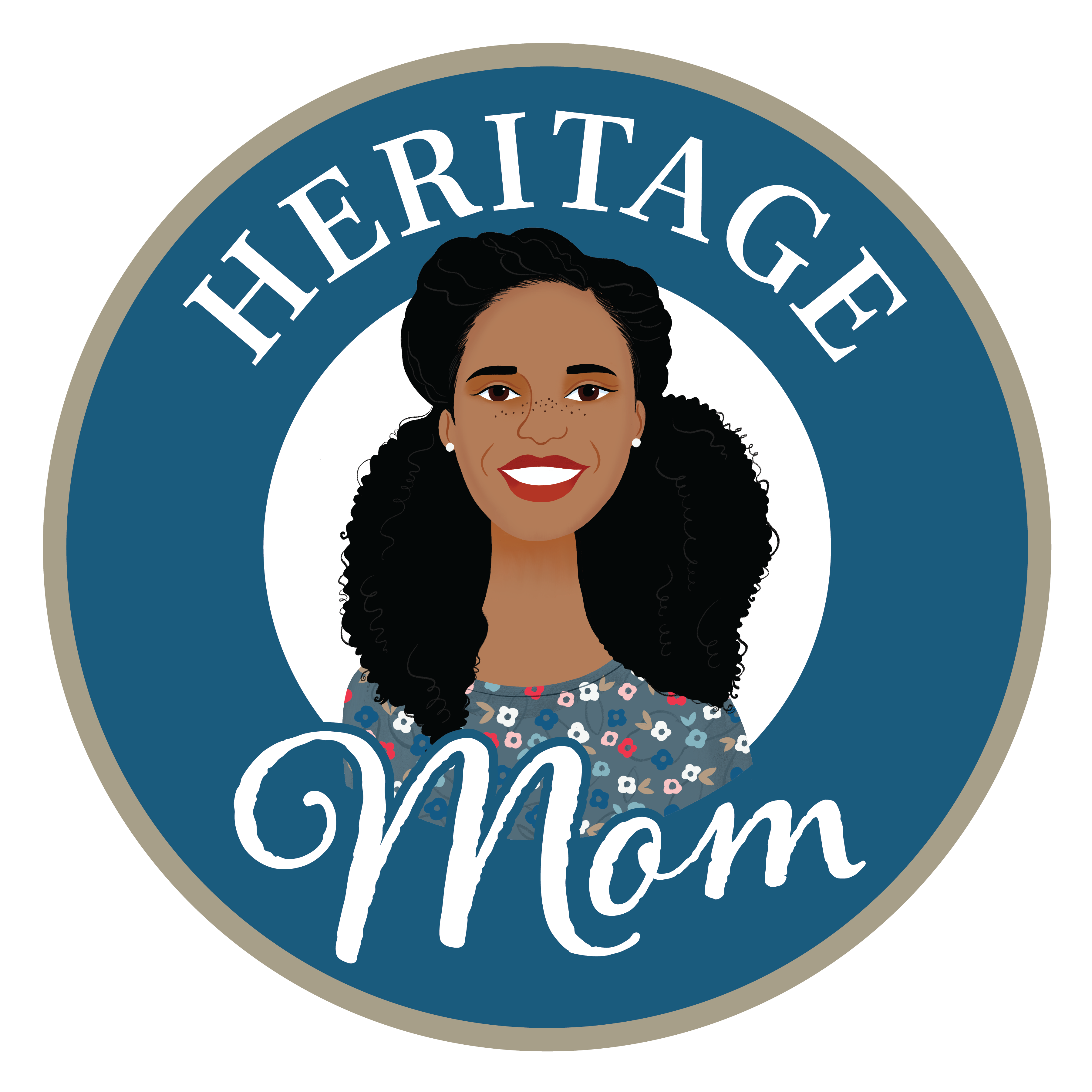
















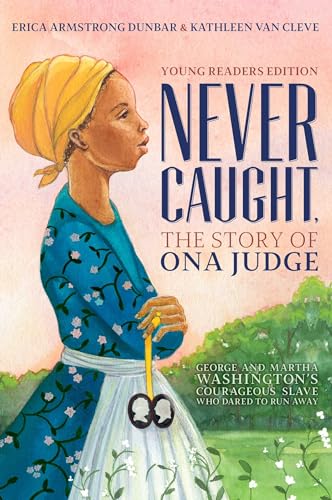









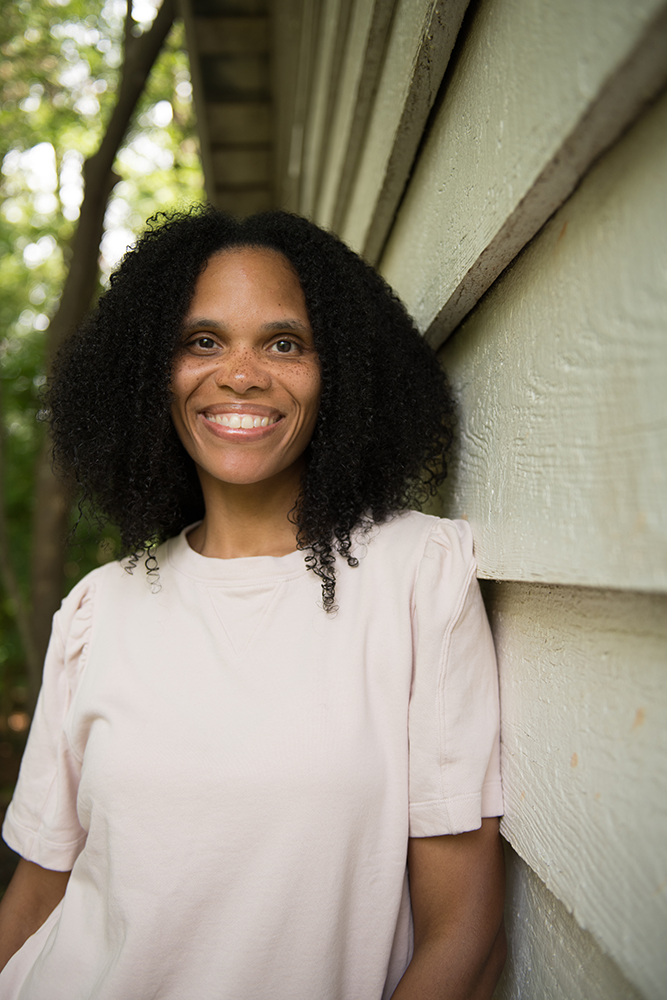
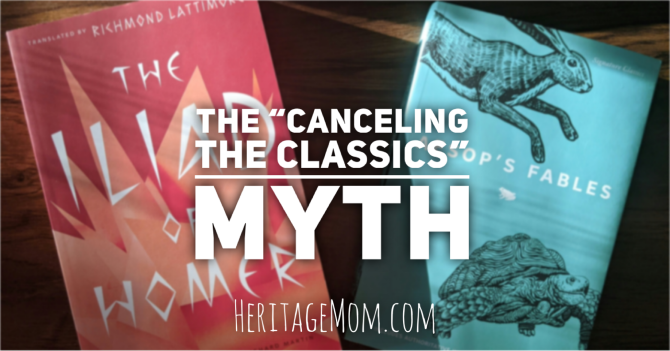

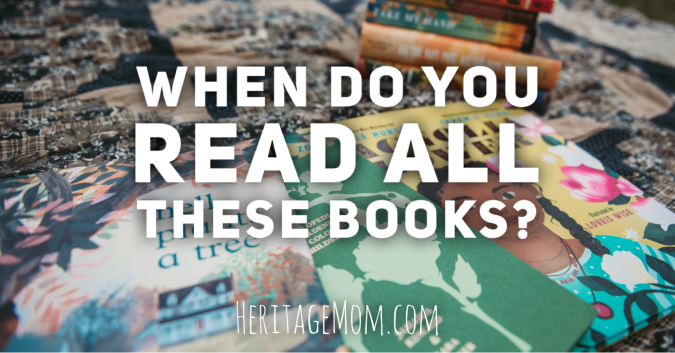
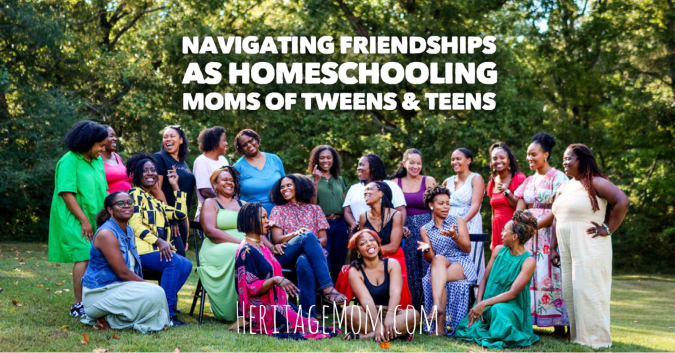
You continue to address hard subjects and I’m so proud of you for that ❤️
Well done.
Thank you for that. It means a lot to me.
Just wanted to thank you for this awesome work! I grew up homeschooled with pretty limited coverage of Black perspectives until I got to college. I’m now helping to homeschool my 12 and 14 yo little brothers so that they will get a better education on the importance of anti-racism than I did, and this will be a great tool to reference.
So glad you found this at the right time. I’m also teaching my kiddos differently than how I learned, and it’s exciting!
This is phenomenal! Thank you for the work you’ve done here to guide families in this process.
Thank you. I’d appreciate that from anyone, but I especially appreciate it from you! Thanks for digging in and doing this work with me.
This is so helpful! We are doing To Kill a Mockingbird this year and I have been searching for others to add to it to provide a more well rounded point of view- your resources help so much!! Thank you!
You bet! I hope some of these ideas will make your study richer and more inspiring.
Thank you so much for this. I just finished reading Amos Fortune since my daughter has to read it next year for her program. I typically stay away from books about race or slavery that are recommended from the program that we do and substitute with our own because I feel that they are sugarcoated and often do not reflect the whole truth. After reading Amos Fortune, I had a lot of different thoughts and came online to search. Thankful I found your blog and my husband and I were able to have a fruitful conversation on how we plan to add to what she’s required to read. Thank you for doing the hard work.
You’re very welcome. I’m glad that you’re being so thoughtful about what she’s reading and the ideas she’s taking away from the books!
I don’t know how you managed to fit a full dissertation worth of analysis and ideas into a blog post, but once again you’ve hit it out of the park, Amber. I’m off to order your new book.
Ha! Let me tell you… I had to hold back from all that I wanted to write because it was getting too long, lol. Glad you enjoyed!
😩 at it AGAIN. Beautifully written as ALWAYS. Thank you for sharing with us friend, your words means more than you will ever know
Thank you! I love being in the company of mamas who care about these same things.
Thank you, Amber! I am taking notes upon notes! My kiddos are all real young yet, but I am so thankful for these suggestions to plan for when the time comes. I was homeschooled and remember reading the Little House series just to be admired, not critiqued. I am grateful to be giving my kids a different and more rich homeschool experience. I appreciate your work deeply and share your books and blog with fellow homeschoolers.
I’m grateful for having you here, and thank you for sharing my work with others!
Thank you for this information! We have several of the recommended books on our shelves, but only because I tend to hoard books we might want to read in the future. It’s nice to know which ones to prioritize and which ones present an expanded perspective.
Yes, they’re all on my shelf too, so please don’t hesitate to read them (with eyes wide open). Enjoy digging in!
Thank you very much for this. What a valuable resource for the homeschool community!
You’re very welcome. I’m so glad that you found this information useful.